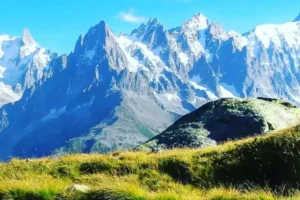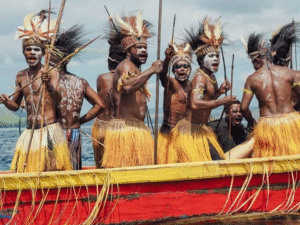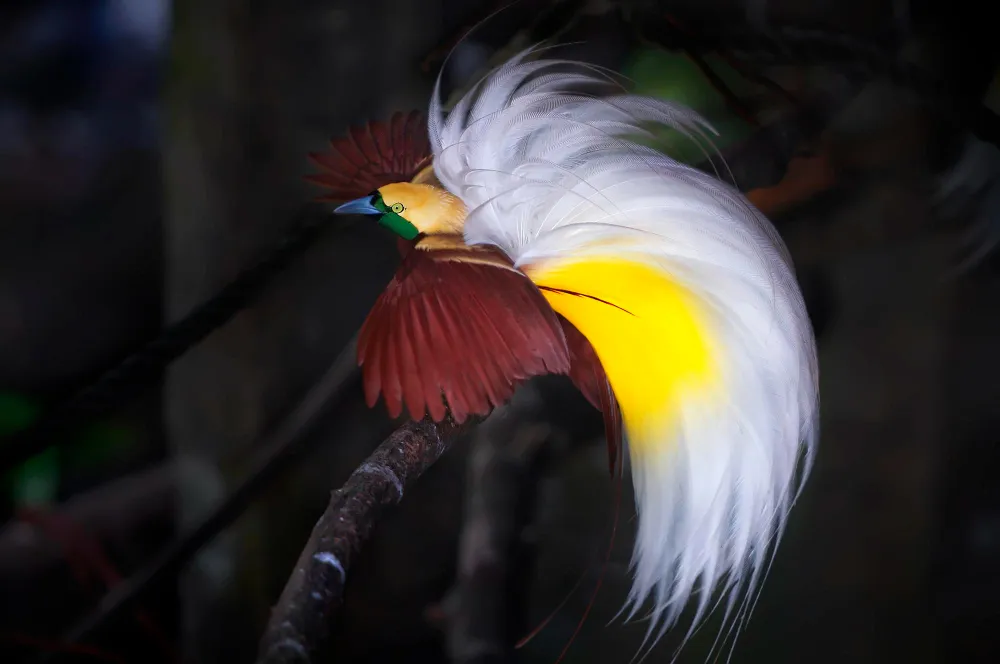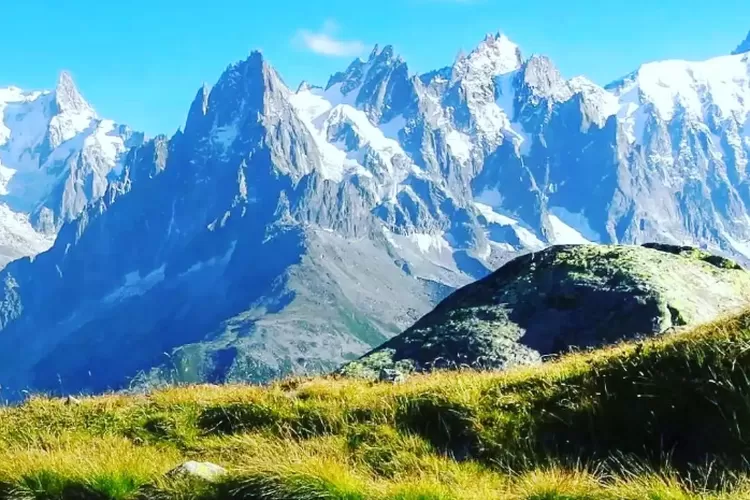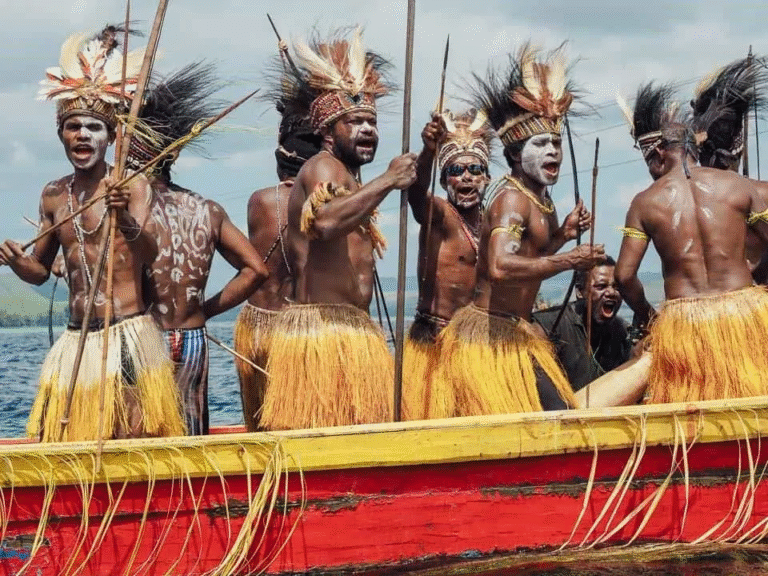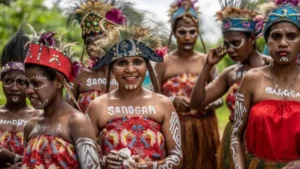Bird of Paradise: Papua’s Majestic Feathered Treasure
Written by Wildlife Writers Collective | Updated July 2025
Introduction
The bird of paradise, or cendrawasih, is a marvel of the avian world known for its brilliant plumage and intricate courtship displays. Found mostly in Papua and nearby islands, this bird is considered one of the most beautiful in existence and holds deep ecological and cultural importance.
Origin and Natural Habitat
Birds of paradise inhabit the tropical rainforests of Papua (both Indonesia and Papua New Guinea), the Aru Islands, and northeastern Australia. These birds thrive in both lowland and highland forests, often at altitudes up to 2,800 meters.
Famous Bird of Paradise Species
- Paradisaea apoda – Greater Bird of Paradise
- Seleucidis melanoleuca – Twelve-wired Bird of Paradise
- Parotia sefilata – Western Parotia
- Astrapia mayeri – Ribbon-tailed Astrapia
- Cicinnurus regius – King Bird of Paradise
Each species boasts distinct features, coloration, and courtship behaviors, making them a favorite among ornithologists and birdwatchers alike.
Appearance and Stunning Colors
Male birds of paradise are known for their vivid, iridescent plumage. Their feathers display an incredible range of colors including gold, crimson, violet, emerald green, and more. In contrast, females typically have more subdued coloring to help camouflage them while nesting.
Read More : Indonesia’s Hidden Alps
Unique Behaviors and Habits
These birds are active during the early morning and late afternoon. Their diet includes fruits, insects, and small animals. Male birds often clean their display perches and rehearse dance routines in anticipation of female visitors.
Spectacular Mating Rituals
Mating rituals are highly choreographed and species-specific. Males perform acrobatic dances, puff up feathers, produce complex calls, and sometimes even build decorative structures to attract females. Some species form communal leks where males compete directly in full view of females.
Cultural Significance in Papua and Indonesia
In Papua, the bird of paradise is deeply embedded in traditional ceremonies and rituals. Feathers are used in headdresses, dances, and symbols of status. Nationally, this bird is a powerful symbol of the beauty and biodiversity of Indonesia.
Threats to Population
- Deforestation for agriculture and logging
- Illegal feather trade
- Climate change affecting habitats
- Hunting for souvenirs
Conservation Efforts
Conservation groups and local communities have established protected areas, educational programs, and eco-patrols to safeguard the birds. Sustainable tourism and international advocacy are also contributing to the preservation of these majestic birds.
Bird of Paradise in Ecotourism
Tourists from around the globe travel to Papua to witness the enchanting courtship displays of birds of paradise. Responsible ecotourism supports local economies and creates a financial incentive to protect rainforests and wildlife.
Fascinating Facts
- Some species are found only in a single valley or mountain range.
- They were once believed to have no legs by early European collectors.
- Males may spend hours grooming before performing courtship dances.
Educational and Scientific Value
Birds of paradise are extensively studied for their role in evolutionary biology, especially sexual selection. Their unique behaviors provide insights into the mechanisms of speciation and biodiversity conservation.
Symbolism and Global Recognition
Used in national emblems, tourism campaigns, and as symbols of rare beauty, birds of paradise are internationally recognized icons. Organizations like UNESCO and IUCN advocate for their protection as global natural heritage.
Ethical Birdwatching Tips
- Hire licensed local guides
- Keep noise levels to a minimum
- Observe from a distance—do not feed or touch
- Stick to established trails and rules
Conclusion and Call to Action
The bird of paradise is more than a bird—it’s a cultural and ecological emblem. Protecting them ensures the continued splendor of Papua’s forests and heritage. Whether through education, support, or ethical travel, we all have a role to play in safeguarding their future.
